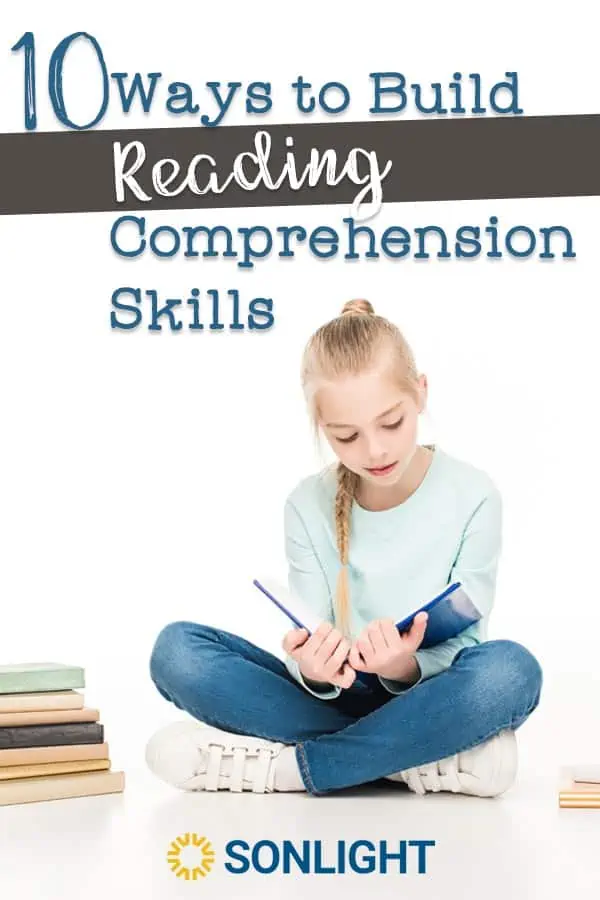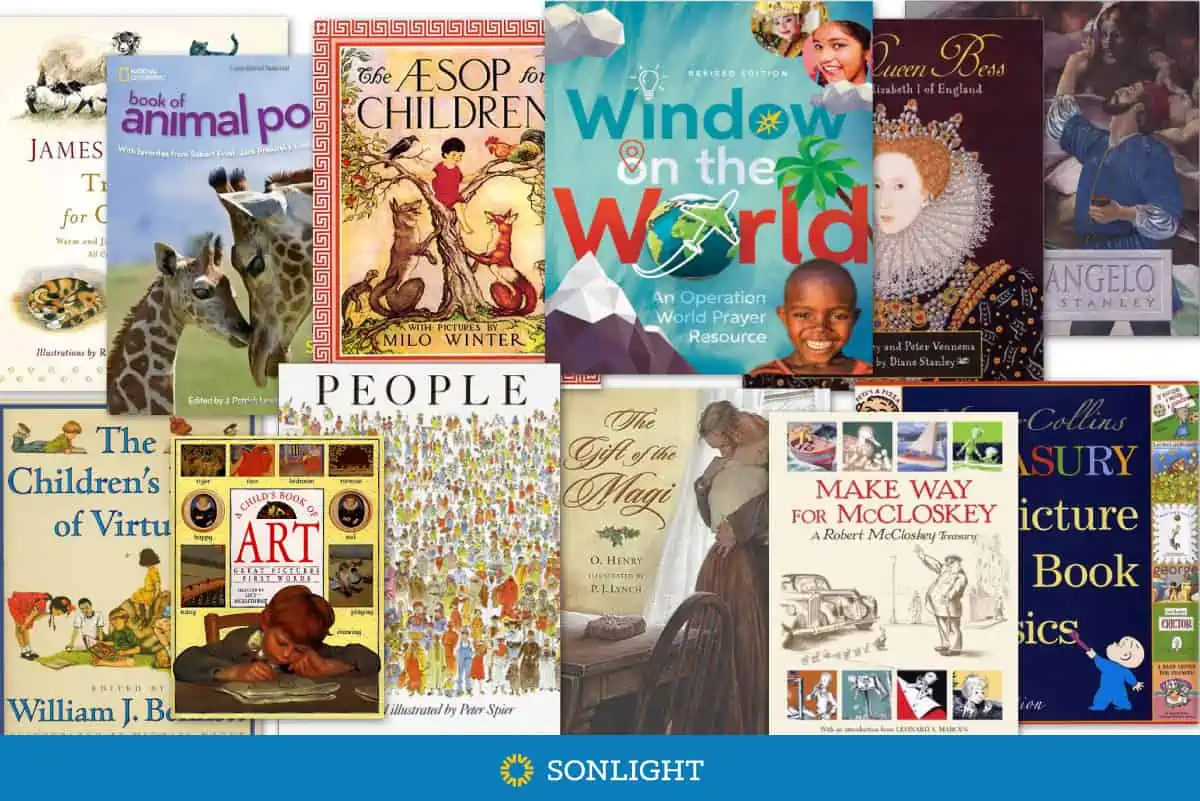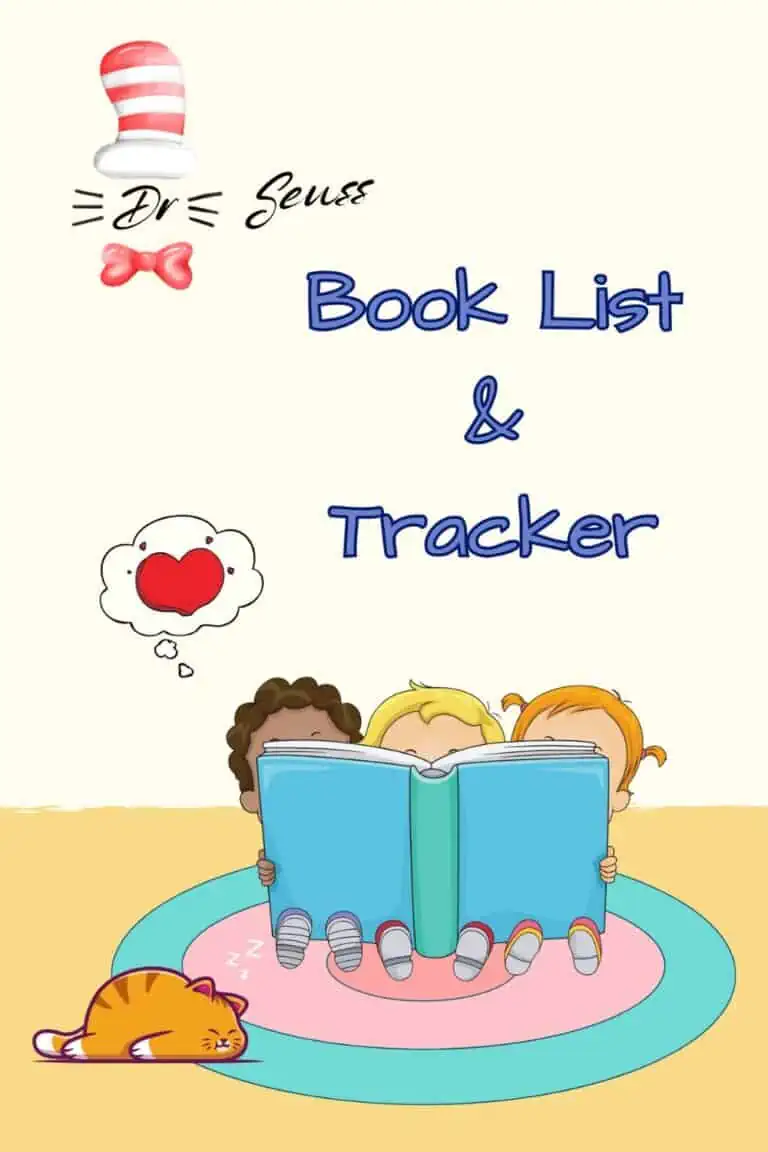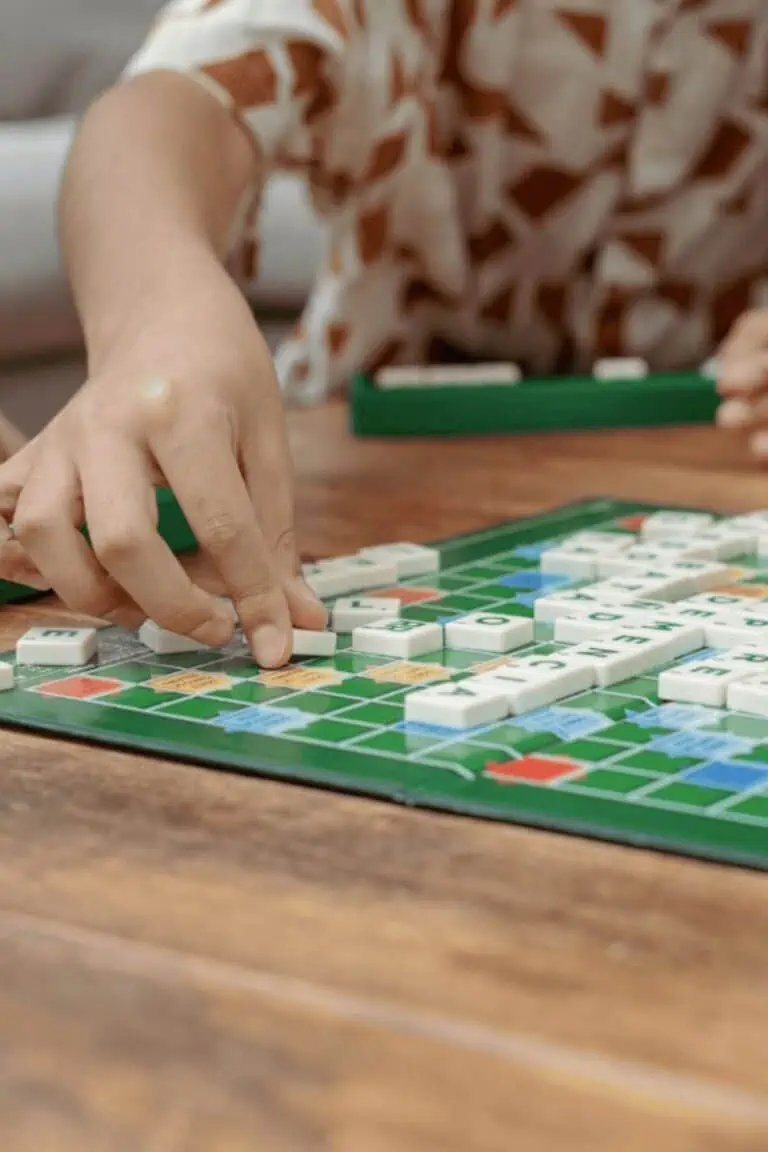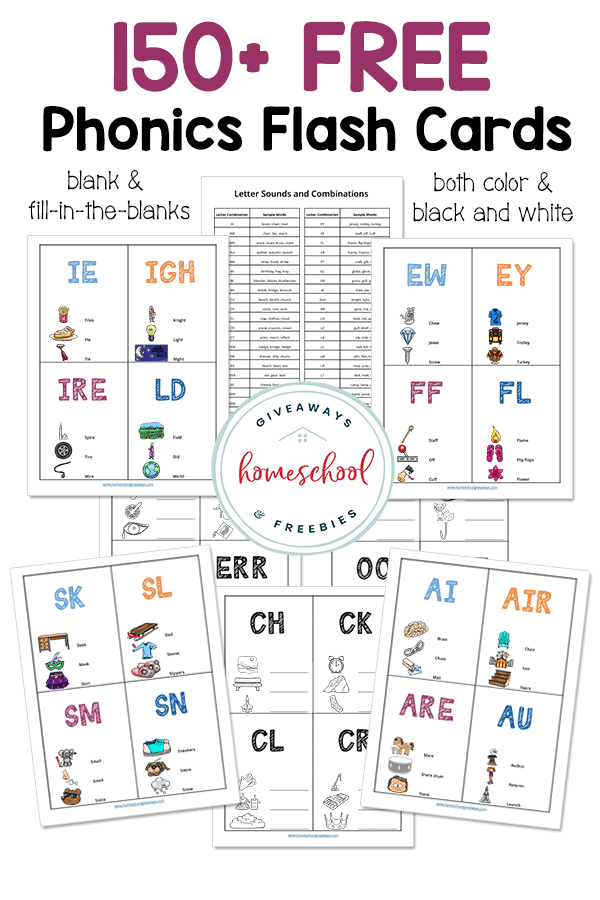10 Ways to Build Reading Comprehension Skills
Published:
April 28, 2022

Contributor:
Sonlight
Disclosure: This post may contain affiliate links, meaning if you decide to make a purchase via my links, I may earn a commission at no additional cost to you. See my disclosure for more info.
If you’re looking for ways to help grow your child into a better reader, then here are ten specific strategies to improve reading comprehension. Whether your child is already a proficient reader or is a struggling reader, these strategies will work for everyone.
Strategies to Improve Reading Comprehension
There is a difference between simply being able to decode the words on a page and being able to understand what you’ve just read. The first is the realm of phonics; the second is what we call reading comprehension.
Are you looking to develop stronger literacy skills in your student? These ideas can help students become more effective readers. And we know that reading comprehension is at the heart of all learning. If your child is a strong reader, he will be able to learn anything! A life of learning is possible for kids who know how to understand what they read.
Why Reading Comprehension is Important
Struggling readers typically are so honed in to the structure of individual words on a page that they don’t have the energy or ability left to decode meaning in a text. Reading comprehension is the ability to move beyond just the simple words on a page to the thoughts and ideas that the words represent. Being able to comprehend what you read is what makes reading fun! Kids who struggle with reading comprehension tend to read less, which feeds into the cycle of continual struggle with reading. Kids who read continue to grow into more proficient readers.
So if we want to set our kids up for success, there are several specific strategies you can use in your homeschool that will help your kids improve their reading comprehension ability.
Key Comprehension Strategies
Here are some specific reading strategies that you can start to implement in your homeschool. With consistent effort, your child’s reading comprehension skills will improve.
1.) Make Use of Prior Knowledge
First, tap into your child’s background knowledge before they read. What is the text about? Do they already know something about this topic? For example, if your child is reading a passage about tornadoes and he previously learned about weather patterns, he can connect the new information with what he already knows about the topic. Discussing books is an important part of reading comprehension.
2.) Making Predictions from the Text While Reading
The next part of the reading process for increasing comprehension is to make predictions while reading. This means that your student should be asking themselves what they think will happen next. Children can make predictions based on the cover of the book, the title of the selection, the drawing, table of contents, or even the headings. This strategy keeps kids actively engaged and gives them a purpose for reading. Will their predictions or guesses come true? Will the story progress in the way they think it will?
3.) Picking Out the Main Idea
While students are reading a passage, it’s helpful for comprehension to find the key points of the text and also the author’s purpose. When kids can find these important points, then it’s easier to hang the details of the text onto these hooks. Students should try to put the main idea into their own words.
4.) Summarizing What Was Read
Throughout a reading assignment, see if your student can summarize the main point. This allows you to really see if they understand what they are reading. In order to give a summary, your child will need to be able to sift through all the information they read and only pick out the most important points. This strategy will help you assess their comprehension.
5.) Discuss the Text
As students are reading, discuss any unfamiliar words. Help them learn how to use context clues to be able to figure out the meaning of unknown words. Your children’s vocabulary knowledge will grow exponentially as you show them this strategy.
6.) Recognize Clues for Inferences
In addition to using context clues to understand unfamiliar words, students should learn to use clues in the text to make inferences. This specific reading comprehension strategy involves taking what the text says and essentially “reading between the lines” to what is not said. For example, if the passage said:
Katie was all smiles as she picked up the kitten.
Your student can learn to understand that the sentence means that Katie was happy, although it didn’t explicitly state it.
7.) Visualize While Reading
Using picture books with children can help them start to learn how to visualize while reading. As students get better at this strategy, students can learn to imagine the story in their mind without looking at any pictures. Reading picture books is like having a movie play out in their imagination and keeps them engaged in the reading.
8.) Narration
Narration provides a simple way for children to “tell back” what they’ve read. With lots of practice, children will get better at this skill. Younger children might just tell back one sentence, while older kids can remember more information. The strategy of narration helps your child practice weeding out unimportant details while including the main point of the passage in their summary.
9.) Answering Questions to Build Comprehension
Helping your child to answer questions while reading a passage is an effective way to build comprehension. Not only can children use the text to answer comprehension questions, but they can also learn to ask questions of the text. This is a way to use reciprocal teaching in your homeschool. In other words, instead of the parent or teacher constantly asking the questions, have the child ask questions about the text. They can use this questioning technique to clarify their understanding and have a dialog about the text with the parent.
10.) Using Graphic Organizers
Graphic organizers are visual aids that help students organize information. They’re a great option for most students, but especially your visual or kinesthetic learners. You can use graphic organizers to plot out the order of events in the story, or to compare and contrast characters. There are so many ways to use graphic organizers, including the popular Venn diagram.
Identifying Key Text Structure
One final key to help improve your child’s reading comprehension is to help them understand the structure of the text. In order to do this, you can use a range of strategies to help them understand text structure.
Cause and Effect
First, help your child see cause and effect in their reading. Cause and effect help to explain reasons why something happened. A good framework for this is to use a graphic organizer to write the cause and then draw arrows to the effect(s). See if your students can identify the results. Start small by noticing cause and effect in one sentence. Then, look for cause and effect in a paragraph before moving on to cause and effect in a whole story.
Problem and Solution
Story structure is built on problems and solutions. The main character has a problem and the rest of the story shows the character on a journey to find the solution. When you can help your child understand this basic plot development, they will be better able to comprehend the text because they can understand the main structure.
Consider how all the classic fairy tales have a problem and solution as the skeleton of the story:
- Cinderella loses the glass slipper (problem) but the prince goes on a quest to see who fits the shoe (solution).
- Snow White falls into a deep sleep from eating the poison apple (problem), but she is awakened by true love’s kiss (solution).
- In Jack and the Beanstalk, Jack and his mother are poor and Jack trades his only possession for some magic beans (problem). But the magic beans help him go up the beanstalk and bring back a hen that lays golden eggs (solution).
Compare and Contrast
Part of the text structure involves identifying comparing and contrasting ideas. For example, is the main character contrasted with another character? Or maybe a section of text compares and contrasts two things, like ice cream and frozen yogurt. Using a Venn diagram or other graphic organizer will help your student understand how the text is formatted around this concept. How are the items similar? How are they different?
Sequencing Events
Finally, your student is more likely to comprehend the text if they can sequence the main points. What happens first? Then what happens? Finally, how does it end? This is an early skill that you can help your young children understand. Good readers understand the order of events in a story.
Conclusion
The ultimate goal of reading is to raise life-long learners. But understanding of the text is key to help your children want to continue to read. The good news is that if you use these strategies to improve reading comprehension, you will see increased academic achievement and kids who love to read.

